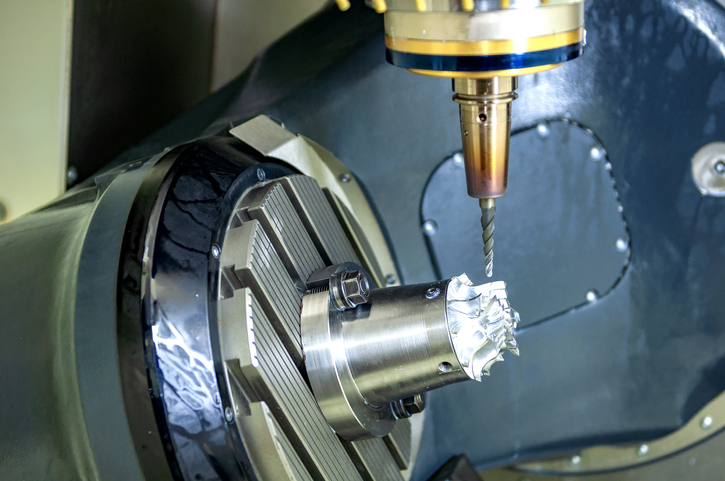In the rapidly evolving world of electronics, understanding the differences between a Microcontroller Unit (MCU) and a Microprocessor Unit (MPU) is crucial. These components play a vital role in the development and functionality of embedded systems. But what distinguishes an MCU from an MPU in the context of embedded systems?
In this article, we aim to explore the key differences, advantages, and applications of MCUs and MPUs in embedded systems. By the end of this comprehensive discussion, you’ll have a clear understanding of how MCUs and MPUs can impact your electronic projects.

Understanding Microcontroller Units (MCUs)
Definition and Basics
A Microcontroller Unit (MCU) is a compact integrated circuit designed to govern a specific operation in an embedded system. MCUs typically contain a processor, memory, and input/output peripherals on a single chip. They are commonly used in automatically controlled products and devices, such as automobile engine control systems, implantable medical devices, remote controls, office machines, appliances, power tools, and toys.
Key Characteristics of MCUs
- Low Power Consumption: MCUs are designed to consume minimal power, making them suitable for applications where energy efficiency is crucial.
- Integrated Peripherals: Offering integrated analog and digital peripherals, MCUs can efficiently interact with other components.
- Cost-effective: MCUs are generally less expensive than MPUs, making them ideal for budget-sensitive applications.
Diving Into Microprocessor Units (MPUs)
Definition and Basics
A Microprocessor Unit (MPU) is a type of computer processor where the data processing logic and control is housed on a single integrated circuit. In contrast to MCUs, MPUs typically perform broader computational tasks. They do not have built-in RAM or ROM, which makes them highly flexible for tasks requiring significant processing power.
Key Characteristics of MPUs
- High Processing Power: MPUs can handle complex and multitasking operations with ease due to their powerful processing capabilities.
- Versatility: Their ability to interface with a wide range of external peripherals makes MPUs highly adaptable for various scenarios.
- Scalability: MPUs are ideal for systems that require future upgrades, as they can easily accommodate additional components and features.
Comparing MCUs and MPUs in Embedded Systems
Processing Requirements
MCUs are suitable for applications requiring straightforward, repetitive tasks due to their simplicity and efficiency. Meanwhile, MPUs cater to applications needing complex computations and multitasking capabilities.
Energy Efficiency
For battery-powered or portable devices, MCUs are often preferred, given their low power consumption. On the other hand, MPUs are better suited for applications where power efficiency is less of a concern.
Integration and Design
MCUs offer a highly integrated design, combining numerous functions onto a single chip, which can reduce the overall size and cost of a project. Conversely, MPUs require more external components, leading to larger and possibly more expensive setups.
Selecting Between MCUs and MPUs
Application Requirements
The choice between an MCU and an MPU largely depends on the specific needs of your application. Simpler applications, where cost and energy efficiency are priorities, might benefit more from using an MCU. Projects demanding higher processing power and flexibility might require an MPU.
Future Expandability
If your project may demand future enhancements, MPUs’ scalable nature makes them an attractive option. However, if cost, simplicity, and immediate functionality are priorities, an MCU could be the better choice.
Applications in the Real World
Real-life Uses of MCUs
Examples of MCUs in action include home automation systems, consumer electronics, and small appliances, where simple control systems are necessary.
Real-life Uses of MPUs
MPUs find their niche in more complex applications, such as network equipment, servers, and enterprise solutions due to their superior processing capabilities.
Conclusion
Efficiently choosing between an MCU and an MPU for your embedded system is key to the success of your electronic projects. Understanding the needs and scales of your task will guide you to make the most appropriate decision. Whether it is for energy-efficient, low-cost solutions, or for powerful, scalable applications, both MCUs and MPUs offer distinct advantages.
For more insights on optimizing your electronics manufacturing processes, check out our guide on effective electronics prototyping.

Frequently Asked Questions
What is better for low-power applications?
MCUs are typically better suited for low-power applications due to their optimized power consumption.
Can MPUs be used in simple applications?
While it’s possible, using an MPU in a simple application might not be cost-effective, as it requires additional components and power.
How do I decide between an MCU and MPU?
Assess the processing needs, power consumption, and budget of your project to make an informed decision between an MCU and an MPU.


